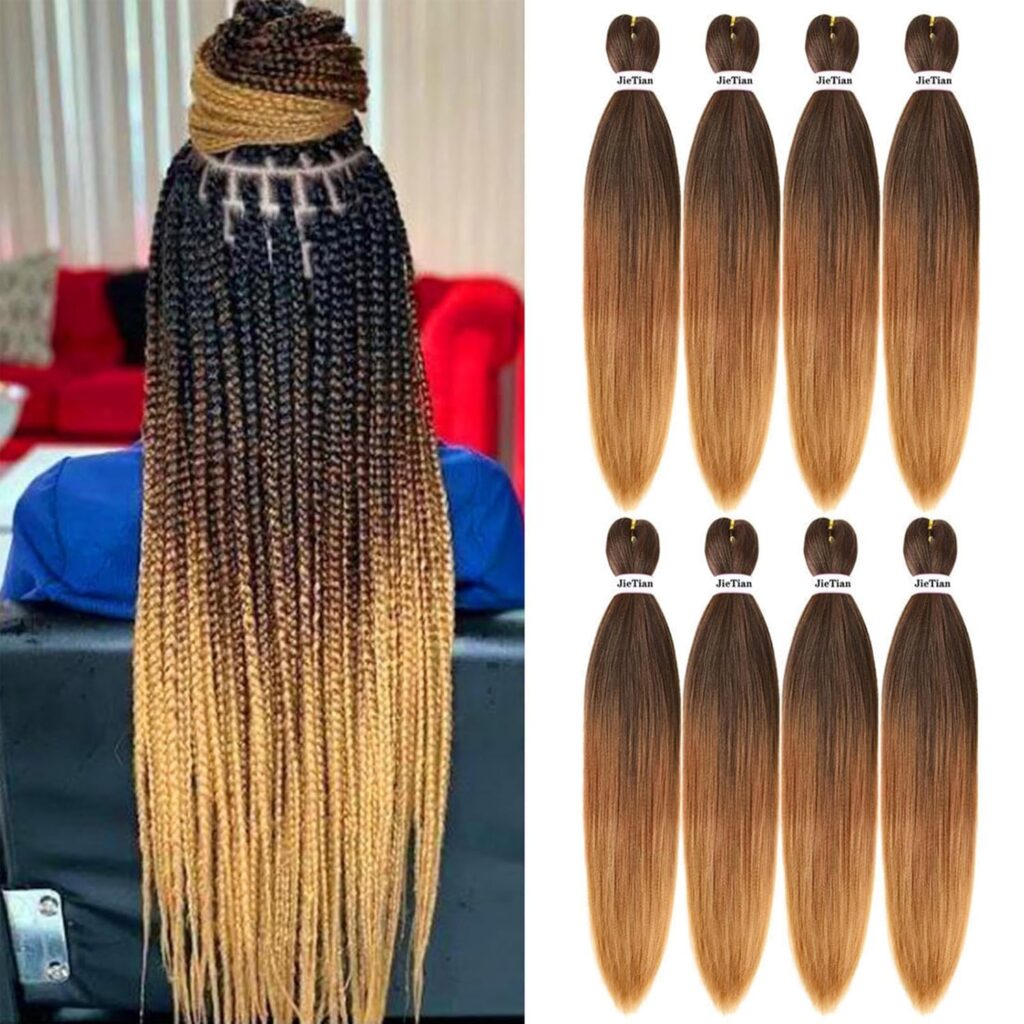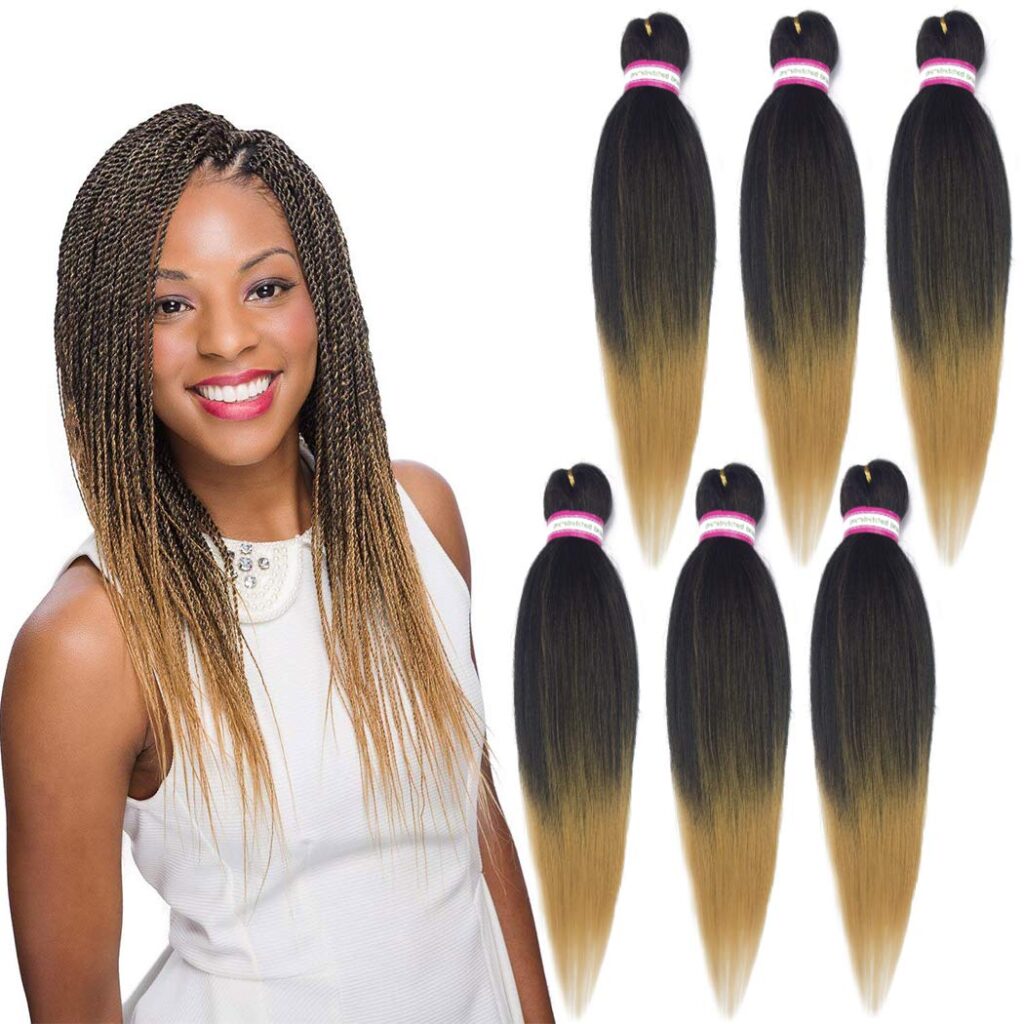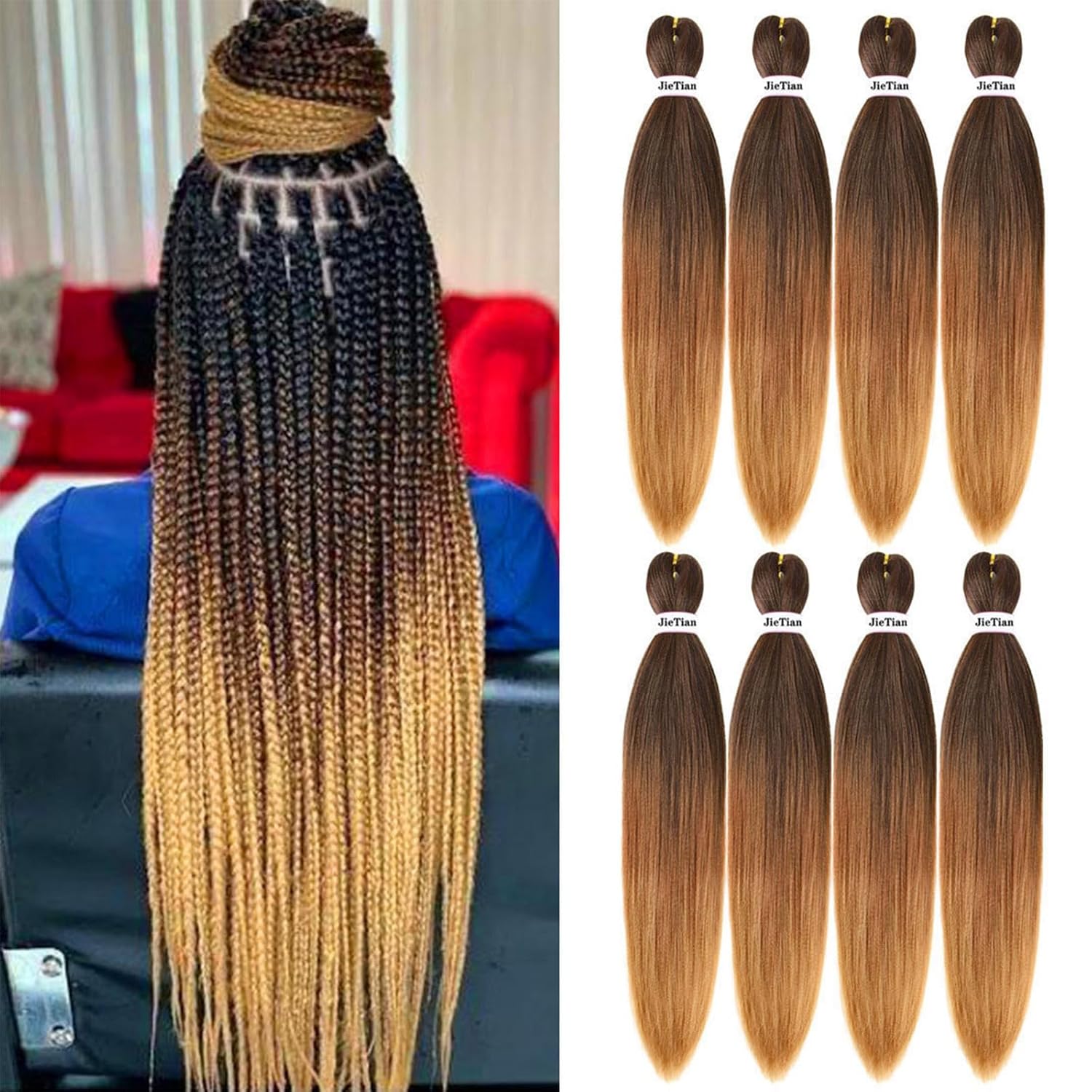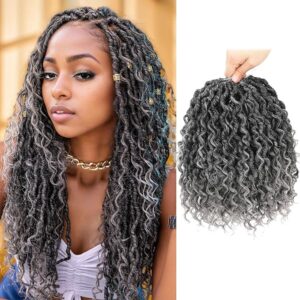Hey curlfriend, If your hair is thinning and you’re wondering whether box braids are still on the table, you’re not alone. If you’ve been there, staring in the mirror, tugging gently at your edges, and wondering if protective styles like braids would help or hurt your natural hair journey. The truth is: yes, you can wear box braids if your hair is thinning , but it has to be done carefully, intentionally, and with your hair’s health front and center.
So let’s talk. I’m going to walk you through everything you need to know; the risks, the precautions, the best techniques, and even the products you’ll need before, during, and after installing braids on thinning natural hair (especially if you’re a 4C queen like me).
First Things First: Why Is Your Hair Thinning?
Before we talk about styling, it’s super important to understand the root cause. Thinning hair can be triggered by so many things:
- Tension and Traction: Past protective styles that were too tight or too heavy
- Hormonal Imbalances: Postpartum shedding, thyroid issues, PCOS
- Scalp Conditions: Like alopecia areata, seborrheic dermatitis, or scalp psoriasis
- Poor Haircare Habits: Excessive heat, no moisture, rough detangling
- Nutritional Deficiencies: Iron, Vitamin D, or protein
Knowing what’s causing the thinning will help you choose the best braid method and avoid further damage. And yes, you might want to consult a dermatologist or trichologist if the shedding is severe or persistent.

Can Box Braids Help with Hair Growth?
Box braids themselves don’t make your hair grow, but they can create the environment for healthy hair to thrive by:
- Reducing daily manipulation
- Locking in moisture (when properly maintained)
- Giving your strands a break from heat and styling tools
But, and this is major; if they’re too heavy, too tight, or left in too long, they’ll do the opposite: pull on weak strands, increase breakage, and possibly worsen the thinning.
How to Safely Wear Box Braids If You Have Thinning Hair
1. Start with a Healthy Scalp and Moisturized Hair
Don’t jump into braids without prepping your hair. This step is non-negotiable when your strands are fragile.
What to do:
- Clarify your scalp with a gentle sulfate-free shampoo like SheaMoisture Jamaican Black Castor Oil Strengthen & Restore Shampoo
- Deep condition with a protein-moisture balanced mask like Mielle Babassu & Mint Deep Conditioner
- Moisturize your hair with a hydrating leave in conditioner like Camille Rose Curl Love Moisture Milk Leave-In Conditioner
- Apply a scalp treatment or oil like Carol’s Daughter Goddess Strength 7 Oil Blend Scalp and Hair Oil to nourish hair follicles
Pro tip: Use a steamer or sit under a hooded dryer while deep conditioning to open the cuticle and allow your treatment to penetrate better.
2. Choose the Right Type of Box Braids
If your hair is thinning, not all box braids are created equal.
Go for:
- Small to medium-sized braids (not micro and not jumbo)
- Lightweight braiding hair
- Knotless braids (gentler on your scalp and edges)
- Shorter lengths (longer hair = more weight)
Avoid:
- Braiding too close to your edges
- Braids smaller than a pencil if your hair is thin
- Heavy synthetic hair like Kanekalon in excessive amounts
3. Gentle Installation is Everything
Whether you’re doing your own braids or visiting a stylist, installation technique is key.
Here’s what to ask for or do:
- Use rubber band or knotless methods to reduce scalp tension
- Ask your stylist not to pull or grip too tightly, especially around the edges
- Make sure your scalp feels secure, not sore, when the braids are done
- Use fewer extensions per section to keep braids lightweight
If it hurts while being installed, that’s a red flag. Pain is not part of protective styling. Period.
4. Best Braiding Hair for Thin or Fine Natural Hair
Look for extensions that are soft, light, and easy to manage.
Highly-rated options on Amazon:
- X-Pression Pre-Stretched Braiding Hair – lightweight and itch-free
- Spetra EZ Braid Pre-Stretched Hair – anti-bacterial, super gentle on the scalp
- Outre X-Pression Lil Looks – great for shorter, lighter braids
5. Caring for Your Scalp While in Braids
This is where a lot of naturals drop the ball. Just because your hair is tucked away doesn’t mean it doesn’t need love.
Weekly Care Checklist:
- Cleanse scalp every 7–10 days using a scalp cleanser or diluted shampoo with a pointed nozzle
- Moisturize with a lightweight hydrating braid spray or mist
- Oil your scalp 2–3 times a week with a stimulating oil (try peppermint or rosemary-infused oils for growth)
Recommended products:

6. How Long Should You Keep Box Braids In?
With thinning hair, less is more. Aim to keep your braids in for no longer than 4–6 weeks. Leaving them in longer increases tension and tangling, especially at the roots.
Take them down gently, detangle with a moisturizing leave-in, and follow up with deep conditioning treatments to rehydrate your strands.
7. Protect Your Edges — Religiously
Edges are the first to go when you have tension. Guard them with everything:
- Avoid pulling braids into tight ponytails or buns
- Use a satin edge scarf at night
- Moisturize with a light edge cream or oil (no heavy gels)
Edge Care MVP:
Camille Rose Cocoa Nibs & Honey Ultimate Growth Serum — amazing for nourishing edges and boosting growth
Pros and Cons of Wearing Box Braids on Thinning Hair
Pros:
- Low manipulation = less breakage
- Encourages length retention
- Stylish and versatile
- Helps you give your hair a much-needed break
Cons:
- Risk of traction alopecia if not installed correctly
- Can cause more breakage if left in too long
- Harder to monitor scalp/hair health underneath
Final Thoughts: Yes, You Can Wear Braids With Care
Box braids don’t have to be off-limits just because your hair is thinning, but you do need to move with intention. Think of braids as a supportive style instead of just a look. Be kind to your strands, listen to your scalp, and give your hair all the love it needs before, during, and after the style.
If you’re consistent with care, you’ll find that your hair can bounce back. And you’ll feel confident wearing your braids knowing you’re not sacrificing the health of your real hair underneath.




